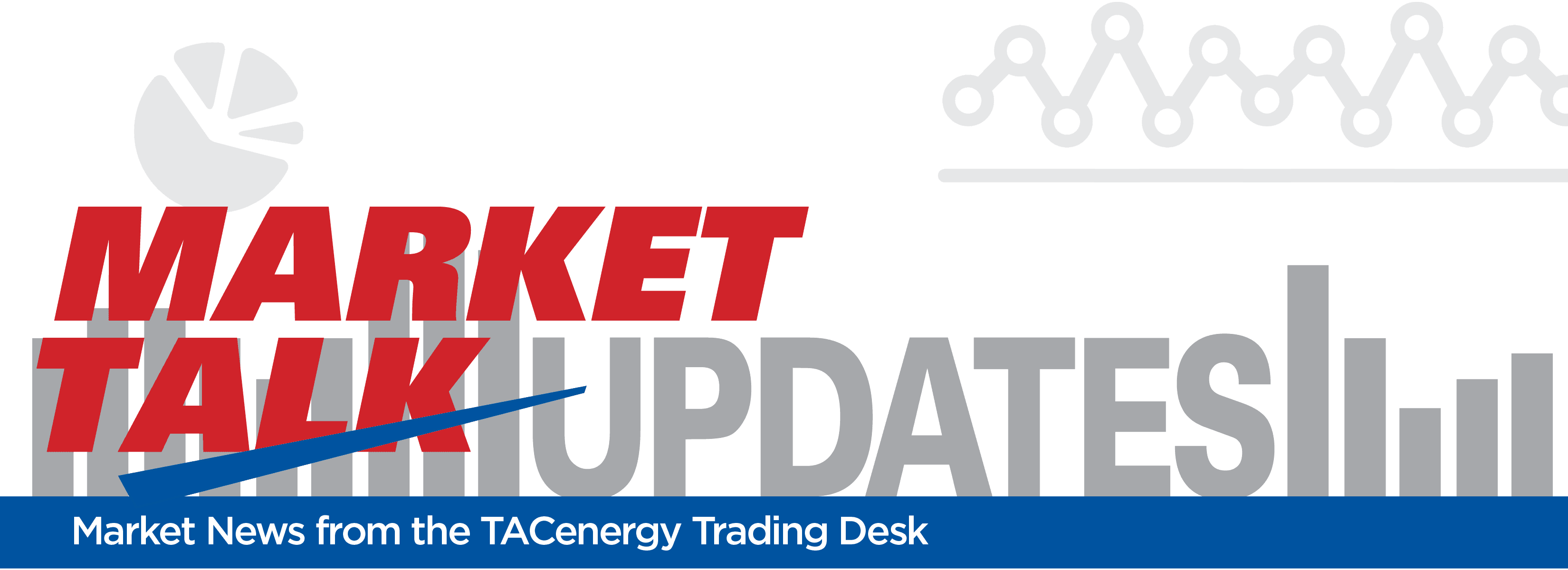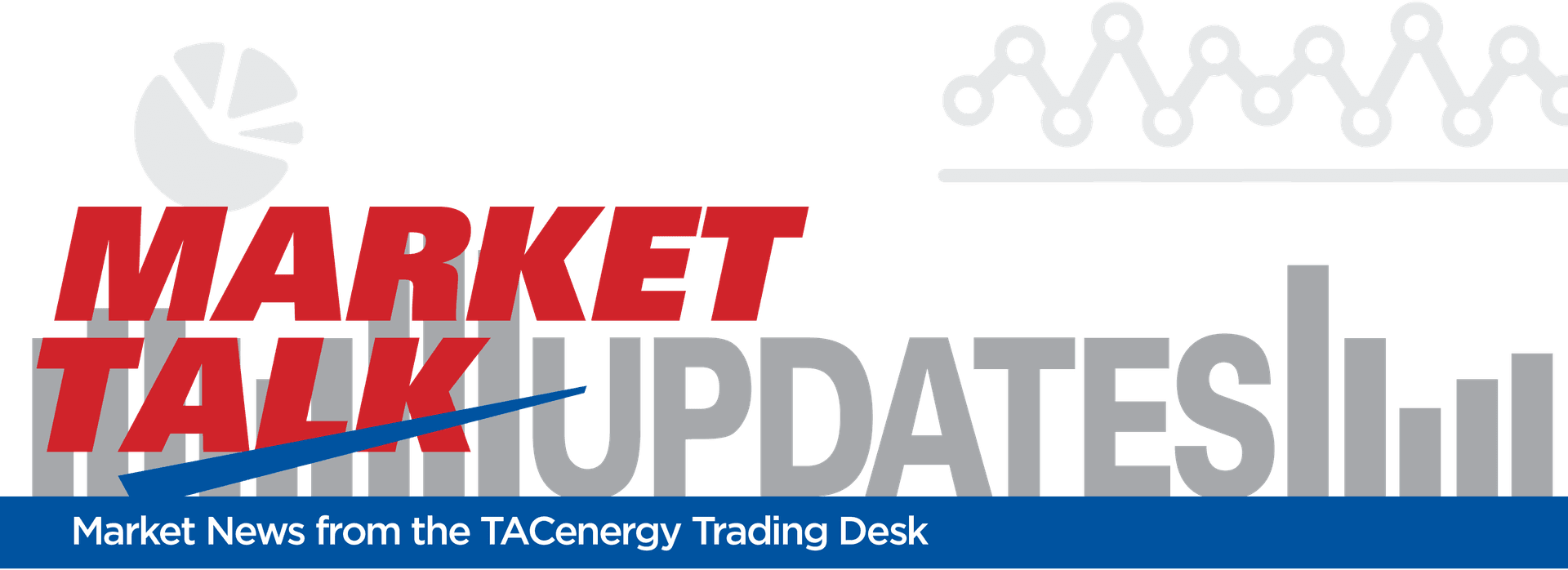Hurricane Lee Stirring Up Buying Interest From Traders As It Could Threaten Demand Along the East Coast

Refined product prices are rallying sharply this morning with both RBOB up 7 cents and ULSD up 9 in the early going as category 5 hurricane Lee looks like it will move too close for comfort along the East Coast next week. While forecast models keep this huge storm offshore as it moves past the major population centers along the coast, the slow movement and sheer size of the system make it seem inevitable that there will be disruptions to vessel traffic in and around the New York Harbor delivery hub, which seems to be stirring up buying interest from traders who aren’t willing to go short into the weekend with this type of threat looming. The latest models also suggest that the Irving refinery in St John New Brunswick, which is a major importer to the Northeastern US, is still in the cone of uncertainty so a direct hit can’t yet be ruled out.
In addition to the supply threats, the storm will have widespread impacts on demand along the East Coast as it moves slowly north next week. We’re already seeing some modest levels of prepping spurring more demand in the region, which could turn into all out panic buying if the forecast models move slightly west, and then we’ll see a big drop-off in demand as the storm passes as heavy rains are expected to hit the major population centers across the I95 corridor. The fall RVP transition adds another layer of complication to this event as retailers and terminals would normally try to run inventories down ahead of the move to winter-grade supply but will now be shifting gears and trying to fill up as the delays in vessel traffic will no doubt cause some terminal supply issues in the region which has been sitting on low inventory levels for most of the year.
Away from the East Coast, gasoline inventories remain near the low end of the seasonal range for most markets according to the DOE’s weekly status report, and it’s no surprise to see premiums for CARBOB in California surge to close to $1/gallon premiums vs futures as those markets will continue trading 5.99lb RVP for a few more weeks even while the rest of the country shifts to winter grades. CARBOB differentials are still a far cry from the huge levels we saw last year that prompted a new state committee to monitor all trading activity, but there’s still time to see another big jump in values as summer barrels become scarce.
The big surprise this week has come from the typically sleepy Group 3 market that saw gasoline differentials spike to $1/gallon premiums Thursday morning before trading around a 70-cent premium at days end. A short squeeze on remaining summer gallons seems to be at play here with inventories on the Magellan system dropping nearly 1.5 million barrels (almost 20%) the past 2 weeks, and multiple refineries across the Midwest are preparing for planned fall maintenance, which takes incremental barrels off the market as well. Don’t worry about a gasoline shortage in the Midwest though, refiners continue to run at near-record rates, and we’ve already seen the EPA and state agencies issue RVP waivers in markets like Phoenix, El Paso and Florida in the past 2 weeks to deal with potential supply issues so a swipe of the pen could send those values tumbling in short order.
So far the threat of rolling blackouts in Texas does not appear to be causing refinery disruptions, with the only new report to TCEQ yesterday coming from the Valero McKee facility that experienced a hiccup while trying to restart one of its units that’s been offline for several weeks. Extreme heat has impacted several facilities over the past couple of months and capped output, but relief is on the way with a 30-degree temperature drop in the forecast next week, without even needing a hurricane to cool things down.
Tropical Storm Margot has formed behind Lee and is forecast to become a hurricane next week but will stay far out to sea in the Atlantic and not threaten land.
Latest Posts
Oil Prices At Lowest Of The Year
Refined Products Futures Prices Are Up This Morning
Refined Products Futures Prices Are Up This Morning
Energy Market Highlights Q4
Diesel Demand At 3 Year High Last Week
Week 4 - US DOE Inventory Recap
Social Media
News & Views
View All
Oil Prices At Lowest Of The Year

Refined Products Futures Prices Are Up This Morning


